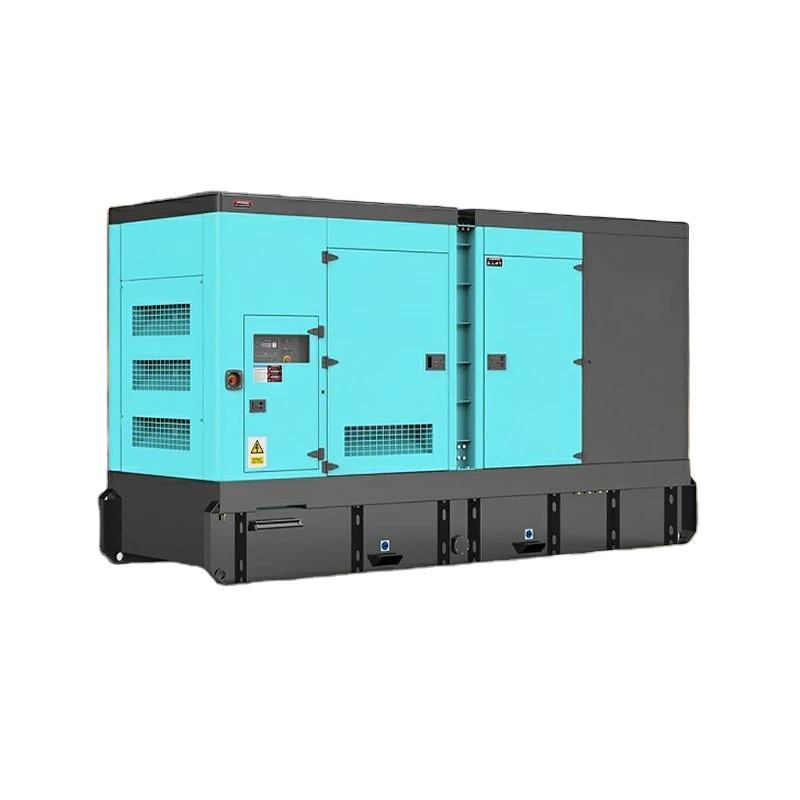The Power of SCADA Integration
To be honest, managing power generation systems can be a complex task. With so many variables to consider, it's no wonder that system failures and inefficiencies can occur. But what if there was a way to simplify this process and optimize your generator set control systems? That's where SCADA (Supervisory Control and Data Acquisition) integration comes in. By integrating SCADA with your generator set control systems, you can enjoy improved performance, enhanced reliability, and reduced costs. But how exactly does this work? Let's take a closer look.
Understanding Generator Set Control Systems
Before we dive into SCADA integration, it's important to understand the basics of generator set control systems. In essence, these systems are responsible for managing the operation of generator sets, ensuring that they produce the required power output while maintaining optimal efficiency and reliability. By monitoring various parameters, such as voltage, current, and frequency, generator set control systems can make real-time adjustments to ensure that the generator set is operating within its design limits.
The Role of SCADA in Power Management
So, where does SCADA fit into this picture? Simply put, SCADA is a software application that allows operators to remotely monitor and control generator set control systems. By collecting data from various sensors and devices, SCADA can provide real-time insights into the performance of your generator sets. This information can then be used to make informed decisions about system operation, maintenance, and optimization.
Benefits of SCADA Integration
Now that we understand the basics of SCADA integration, let's explore some of the key benefits. Here are just a few of the ways that SCADA integration can help you optimize your power generation systems:
Making SCADA Integration Work for You
Interestingly enough, SCADA integration isn't a one-size-fits-all solution. To get the most out of this technology, it's important to tailor your SCADA integration strategy to your specific needs and goals. Here are some tips to help you get started:
- Identify Key Performance Indicators (KPIs): Before you can optimize your generator set control systems, you need to know what you're measuring. Identify the KPIs that are most relevant to your operation, such as power output, efficiency, and reliability.
- Select the Right SCADA System: Not all SCADA systems are created equal. To ensure that you're getting the most out of your SCADA integration, it's important to select a system that meets your specific needs. Look for a system that offers robust data collection and analysis capabilities, real-time monitoring and control, and seamless integration with your existing systems.
- Invest in Training and Support: To get the most out of your SCADA integration, it's essential to have a team that understands how to use and maintain the system. Invest in training and support to ensure that your team has the skills and knowledge they need to make the most of this technology.
In Conclusion
In my experience, SCADA integration is an essential tool for anyone looking to optimize their power generation systems. By providing real-time insights into system performance, enhancing reliability, and reducing costs, SCADA integration can help you unlock the full potential of your generator set control systems. So, if you're looking to take your power management to the next level, I recommend exploring the world of SCADA integration. You might be surprised at what you find.
What's Next?
If you're interested in learning more about SCADA integration, there are plenty of resources available to help you get started. Here are a few suggestions:
- Reach out to a SCADA integration expert for a consultation.
- Attend a SCADA training course or workshop.
- Read up on the latest SCADA integration trends and best practices.
By taking the time to explore this technology, you'll be well on your way to optimizing your power generation systems and achieving your business goals.





